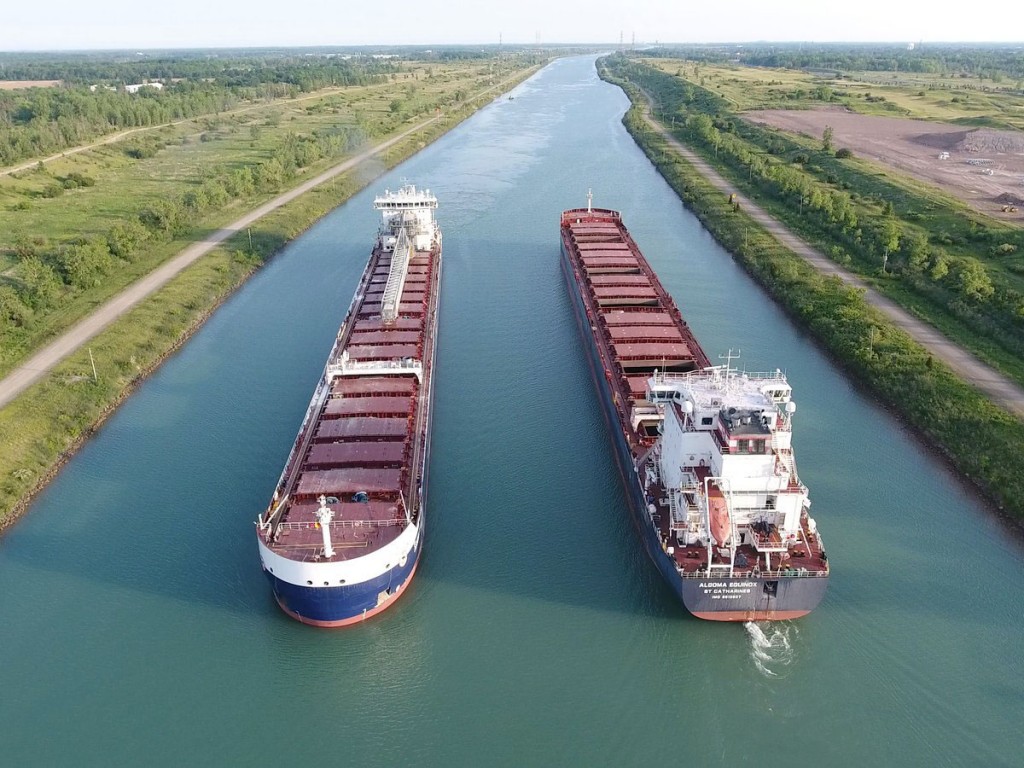U.S. Great Lakes ports reported a busy August shipping construction materials, road salt, aluminum and wind energy components.
Despite these areas of strength, cargo volumes via the bi-national St. Lawrence Seaway (from March 22 to August 31) at 20.9 million metric tons were down 3.5 percent compared to the same period in 2018.

The Port of Duluth-Superior, however, is seeing an increase in overseas wheat exports from Western Minnesota and the Dakotas. Outbound grain tonnage tracked nearly five percent ahead of last year’s pace, helping push the Port’s overall tonnage slightly ahead of 2018 and the five-year average. Jayson Hron, Director of Communications and Marketing Duluth Seaway Port Authority adds: “Cargo movement in the Port of Duluth-Superior remained brisk through August. Iron ore led the way, finishing the month more than 15 percent ahead of the five-year average and within two percent of last season’s pace, which was a 23-season high. We also welcomed several shipments of wind energy cargo in August, continuing a near-record pace for that particular cargo.”
The Port of Green Bay had an excellent month, totaling 316,224 tons of cargo moved; an 18 percent year-to-date increase in tonnage from August 2018. Limestone, up 75 percent over 2018, and petroleum products, a 72 percent increase in foreign exports and a 47 percent increase in foreign imports, were the largest contributors to the increase, along with an increase in salt.
“As we make our way into winter, stockpiles of salt are building up,” says Port Director Dean Haen. “In Wisconsin, salt is an important commodity that keeps our roads and drivers safe from ice. We’re likely to continue seeing salt as a major import in the following months.”
Through August 2019, the Port of Toledo has handled over 5.4 million tons of cargo. “While our cargo tonnage total is nearly identical to the 2018 and 2017 shipping seasons, the commodity mix is always changing,” says Joseph Cappel, VP Business Development for the Toledo-Lucas County Port Authority. “In 2019, the Port has seen an increase in aluminum and steel, petroleum products and dry bulk products, while iron ore held steady.” Coal and grain were down from 2018, which offset some of the increases.
“Cargo diversity continues to be key in our business strategy,” adds Cappel. “When one cargo category is down, generally something else is up.” The Port of Toledo also handled several project cargo shipments of windmill components and continues to set a brisk pace for direct overseas traffic with 35 salties loaded or unloaded through August.










